Pricing jewelry can be a challenging task, whether you're a seasoned jeweler or just starting your own jewelry business. It requires a delicate balance between covering your costs, making a profit, and offering your customers the right value for their money. In this comprehensive guide, we will explore the various factors that influence jewelry pricing and provide you with a step-by-step approach to ensure your jewelry is priced fairly and competitively.
1. Know Your Costs
The first step in pricing jewelry is understanding your costs. This includes both direct costs (materials, labor, and manufacturing) and indirect costs (rent, utilities, insurance, and marketing). Keep meticulous records of your expenses to ensure you have a clear picture of your overhead.
2. Set Your Desired Profit Margin
Determine the profit margin you want to achieve with each piece of jewelry. This is crucial for sustaining your business and its growth. A common practice is to aim for a 50% to 100% profit margin, but it may vary based on your business model and target market.
3. Market Research
Research the market to gain insights into your competitors' pricing strategies. Consider the quality, design, and target audience of their jewelry. This information will help you position your jewelry in the market and make informed pricing decisions.
4. Understand Your Target Audience
Identify your target audience and their purchasing power. Your pricing should align with your customers' expectations and willingness to pay. Luxury jewelry will have a different price range compared to costume jewelry, for example.
5. Quality Matters
The quality of your jewelry plays a significant role in pricing. High-quality materials, craftsmanship, and unique designs can command higher prices. Highlight what sets your jewelry apart from the competition to justify your pricing.
6. Calculate the Base Price
To calculate the base price for your jewelry, add your material and labor costs, as well as a portion of your overhead expenses. Divide this total by the number of pieces you intend to sell to ensure you cover your costs.
7. Factor in Overhead Costs
To ensure you cover your indirect costs, add a portion of your rent, utilities, insurance, and marketing expenses to the base price. This overhead allocation is essential for long-term sustainability.
8. Consider the Market Demand
If a particular jewelry piece is in high demand, you may be able to charge a premium for it. Conversely, lower demand items may need to be priced more competitively to sell.
9. Competitive Pricing
Review your competitors' prices and aim to stay competitive while ensuring that your jewelry's value is apparent to potential customers. You can differentiate your offerings through unique designs, superior quality, or exceptional customer service.
10. Time and Labor
Factor in the time and labor you invest in each piece. You can either charge a flat hourly rate or include labor costs in your base price. Be transparent about how you calculate labor costs.
11. Pricing for Wholesale and Retail
If you plan to sell both wholesale and retail, you'll need to calculate different pricing structures. Wholesale prices should be lower, typically around 50% of the retail price, to entice bulk buyers such as retailers or distributors.
12. Markup Strategy
Choose a markup strategy that aligns with your profit margin goals and market positioning. Common strategies include cost-plus pricing, value-based pricing, or dynamic pricing based on market fluctuations.
13. Test Your Prices
Consider periodically reviewing and adjusting your prices. It's crucial to find the right balance between making a profit and providing value to your customers. Testing different price points can help you optimize your pricing strategy.
Pricing jewelry is an art that combines a thorough understanding of your costs, market research, quality, and target audience. By following the steps outlined in this guide, you can create a pricing strategy that ensures your business's sustainability and profitability while offering your customers the right value for their investment. Remember that pricing is not static, and periodic adjustments are essential to adapt to changing market conditions and customer preferences. Find more jewelry selling tips at HarperCrown.



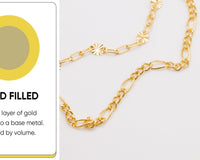










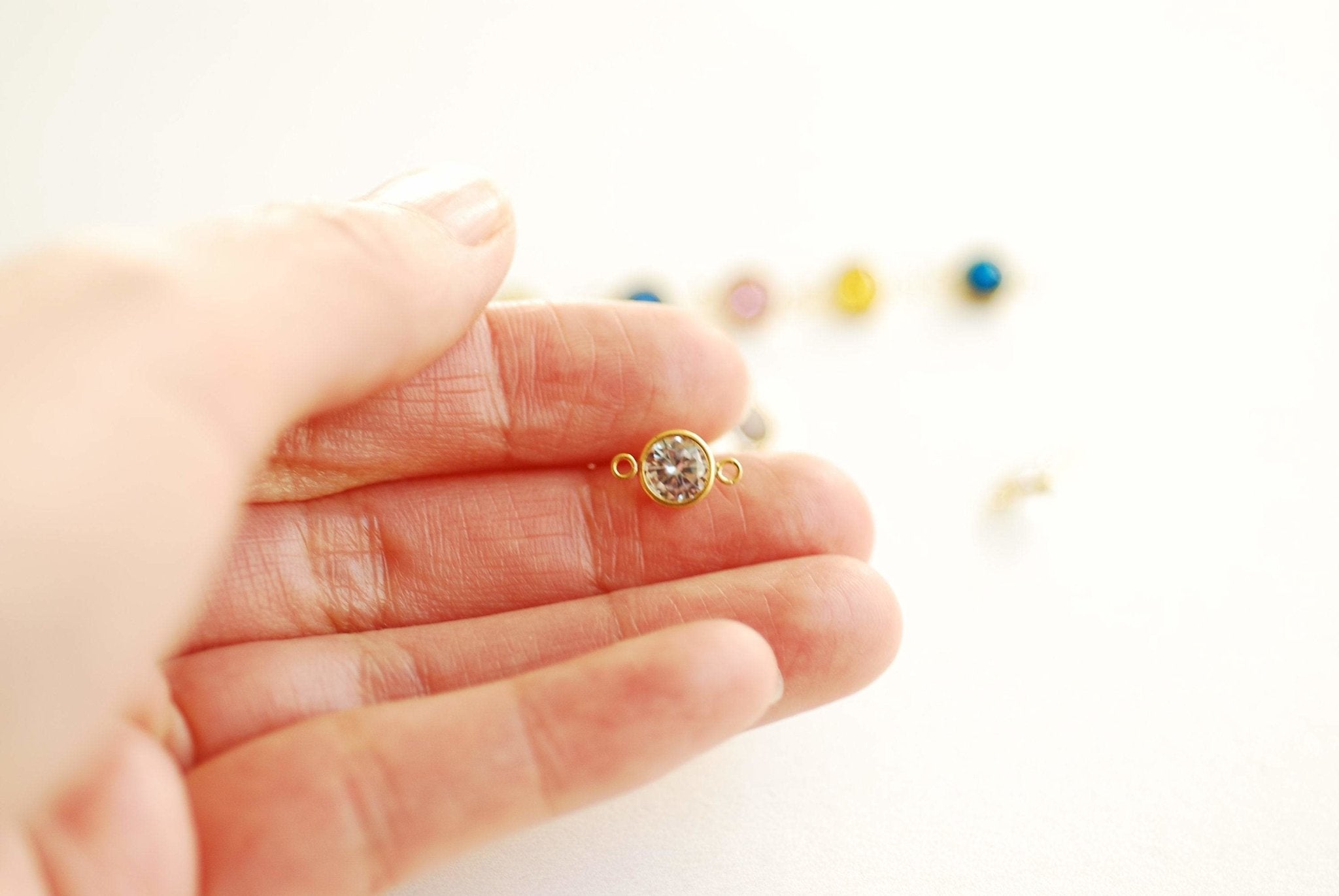


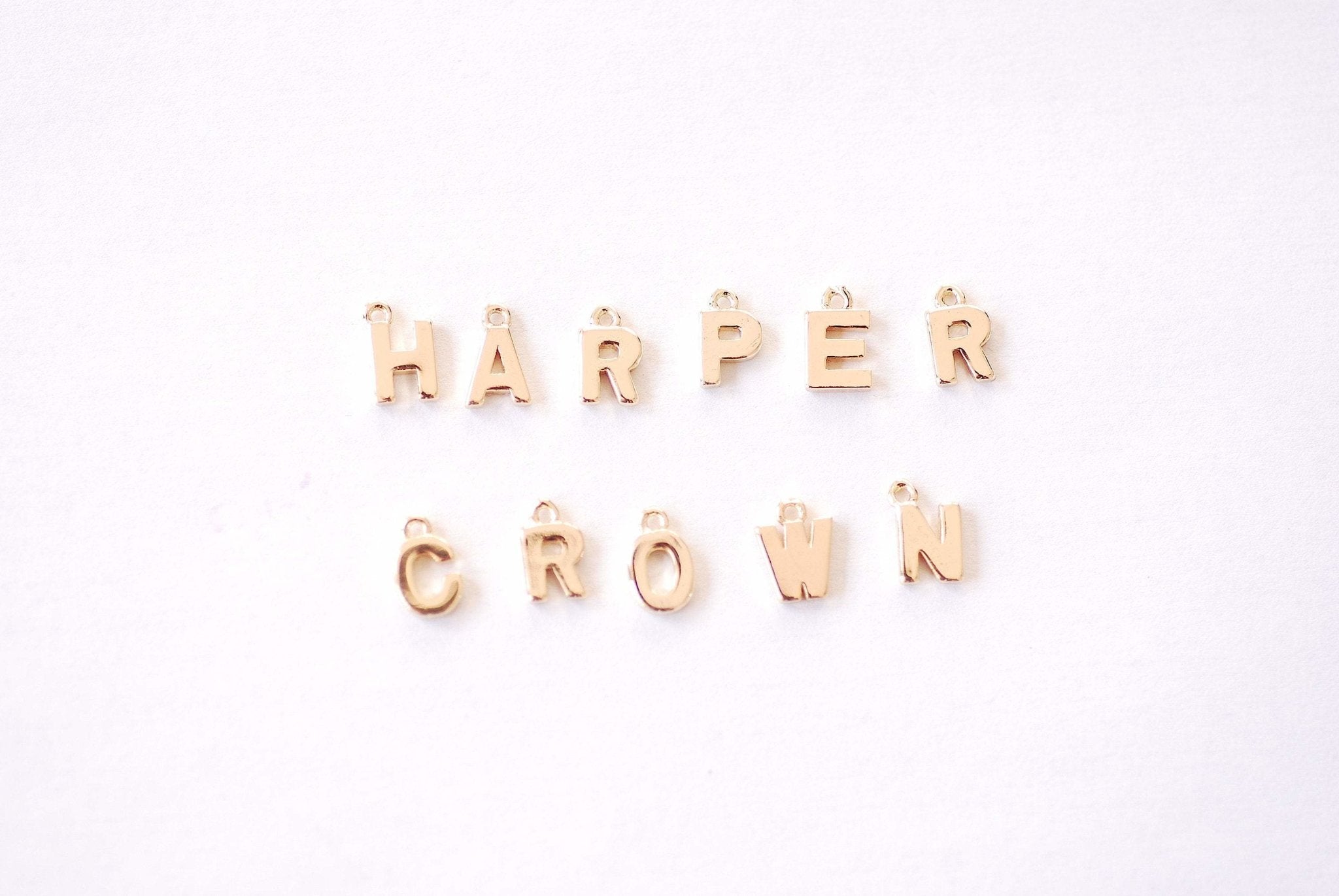


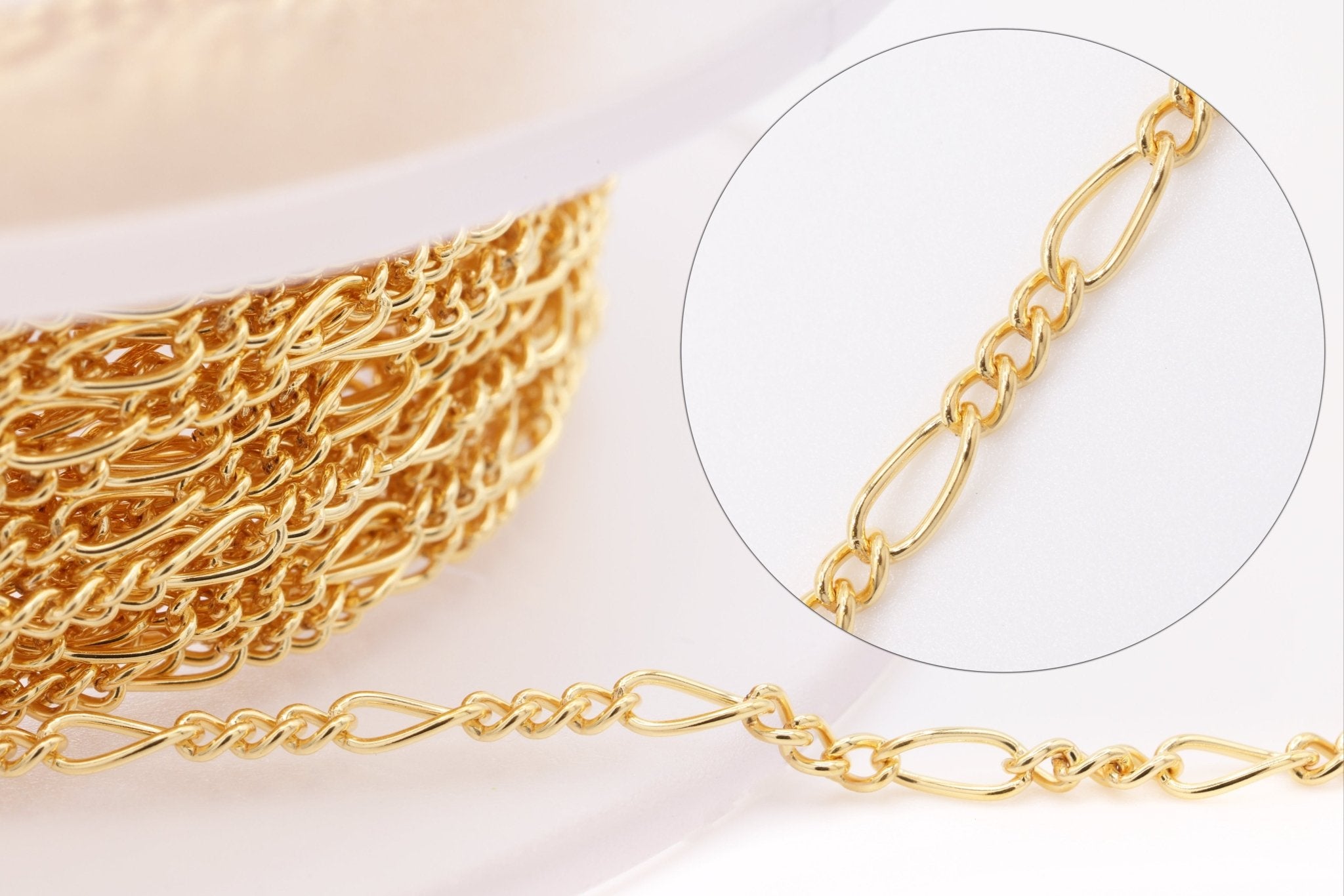


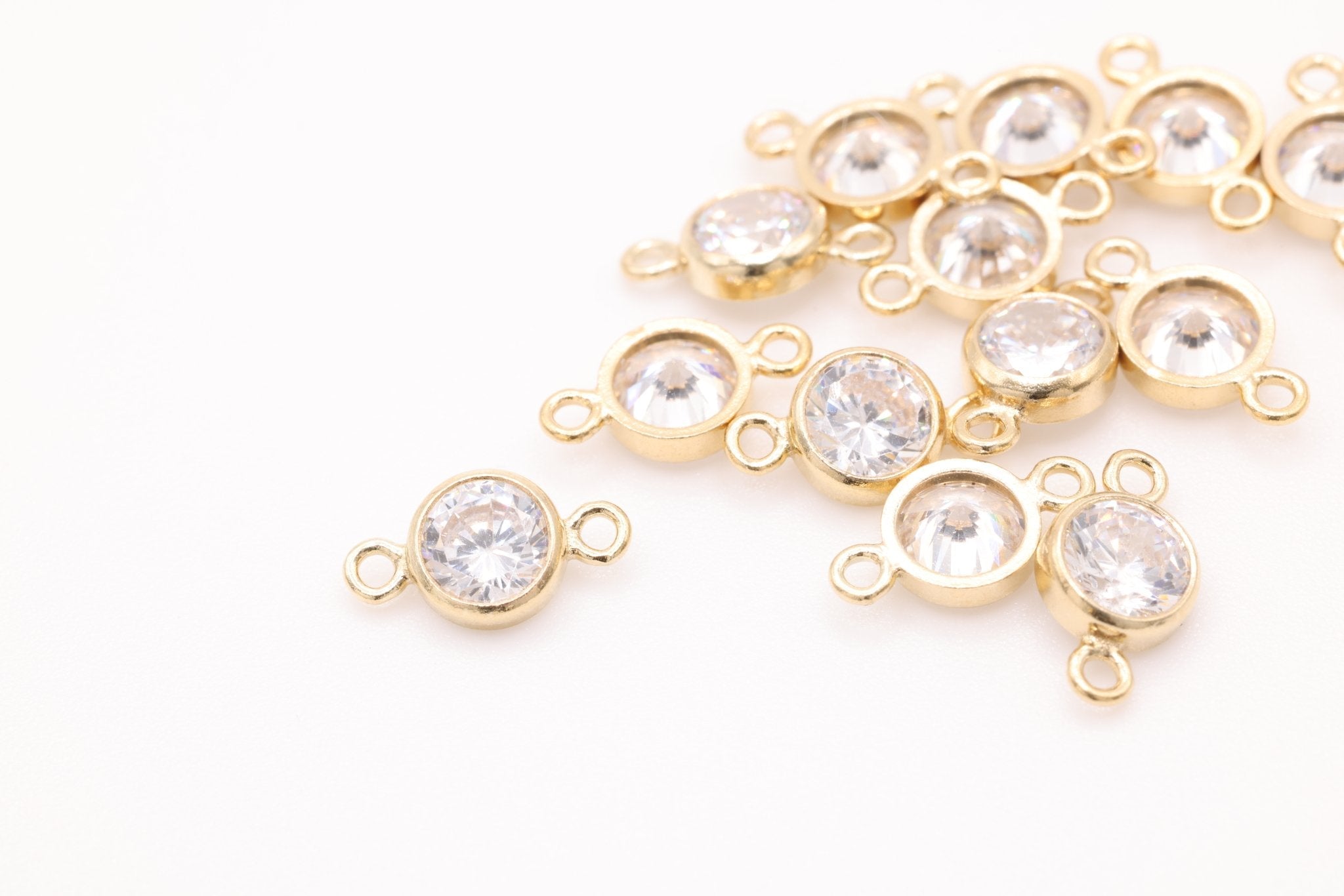
![Gold Filled Beaded Ring, Gold Silver Stacking Ring, Hammered Bead Ring, Gold Dot Ring Midi Ring Gold Filled Flat Beaded Ring Minimalist [30] - HarperCrown](http://www.harpercrown.com/cdn/shop/products/gold-filled-beaded-ring-gold-silver-stacking-ring-hammered-bead-ring-gold-dot-ring-midi-ring-gold-filled-flat-beaded-ring-minimalist-30-568879.jpg?v=1634159908&width=2048)
![Gold Filled Beaded Ring, Gold Silver Stacking Ring, Hammered Bead Ring, Gold Dot Ring Midi Ring Gold Filled Flat Beaded Ring Minimalist [30] - HarperCrown](http://www.harpercrown.com/cdn/shop/products/gold-filled-beaded-ring-gold-silver-stacking-ring-hammered-bead-ring-gold-dot-ring-midi-ring-gold-filled-flat-beaded-ring-minimalist-30-638411.jpg?v=1634159908&width=2048)





